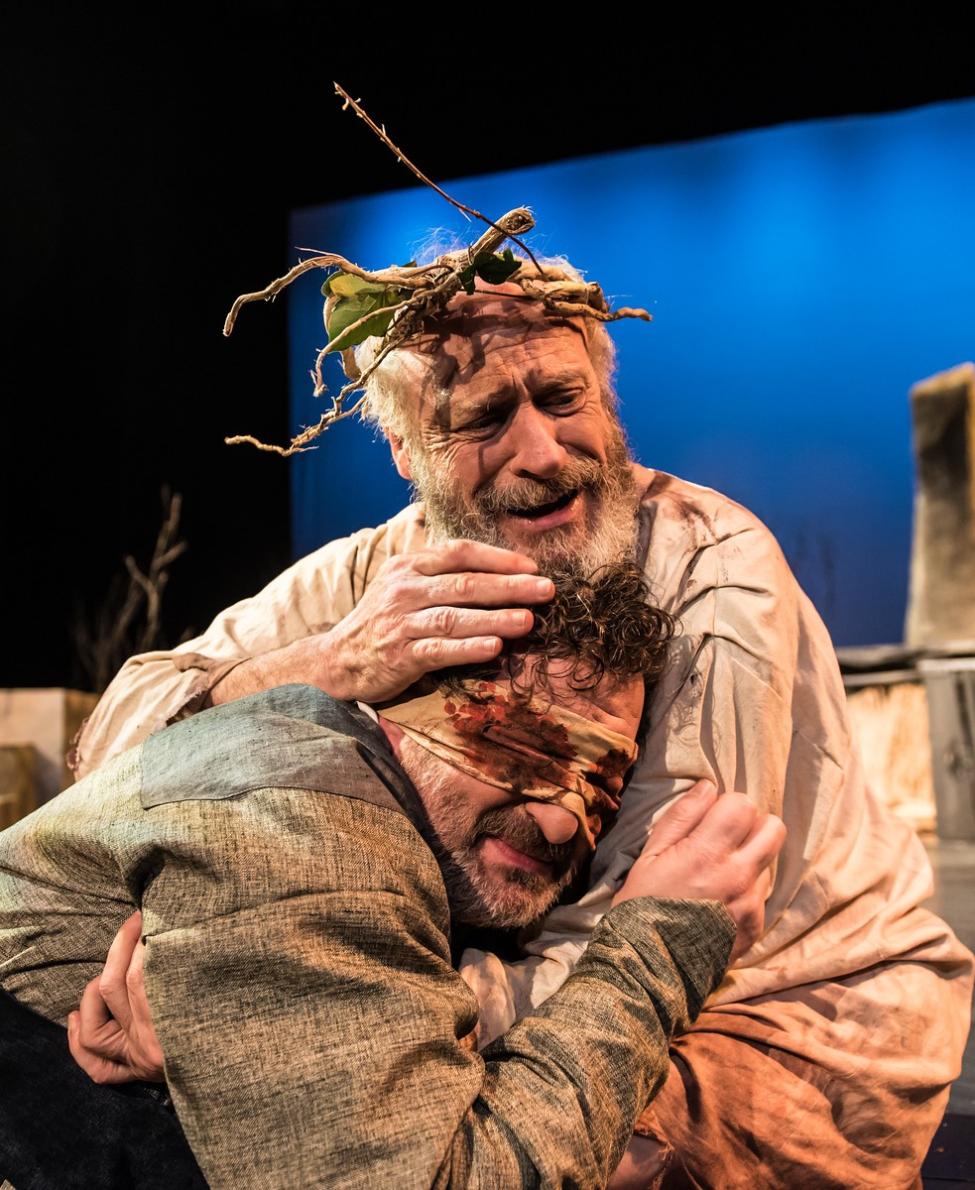What is the Significance of the Natural Imagery in King Lear?
In the realm of literature, William Shakespeare's King Lear stands as a towering tragedy, captivating audiences with its exploration of power, madness, and the human condition. Amidst the play's intricate web of characters and themes, natural imagery emerges as a powerful force, reflecting the characters' inner turmoil, foreshadowing events, and emphasizing the play's central themes.

Thesis Statement: The natural imagery in King Lear serves as a mirror to the characters' inner turmoil, foreshadows significant events, and underscores the play's exploration of order, chaos, justice, retribution, mortality, and the human condition.
Reflection Of Characters' Inner Turmoil
- Storm Scene: The raging storm in Act III, Scene II parallels Lear's emotional turmoil as he confronts the betrayal of his daughters. The tempestuous winds and torrential rain mirror Lear's inner chaos and descent into madness.
- Imagery of Darkness and Light: The play's use of darkness and light imagery reflects Lear's deteriorating mental state and Gloucester's loss of sight. The darkness symbolizes Lear's descent into madness and despair, while the light represents hope and redemption.
- Animals and Beasts: The frequent references to animals and beasts highlight the characters' primal instincts and loss of reason. Lear's transformation into a "beast" reflects his regression to a primitive state, while Gloucester's encounter with the "foul fiend" symbolizes his moral decay.
Foreshadowing Events
- Imagery of Nature's Destruction: The play's depiction of nature's destruction foreshadows the downfall of Lear and his kingdom. The storm, the eclipse, and the references to earthquakes and floods portend the impending chaos and devastation.
- Imagery of Rebirth and Renewal: Amidst the darkness and destruction, the play also contains images of rebirth and renewal. The references to spring and the cycle of life hint at the possibility of redemption and reconciliation.
Emphasis On Play's Themes
- Order vs. Chaos: The natural imagery reflects the disruption of the natural order and the ensuing chaos. The storm, the eclipse, and the references to animals and beasts symbolize the breakdown of social and moral order.
- Justice and Retribution: The storms and other natural disasters can be interpreted as symbols of the consequences of the characters' actions. Lear's mistreatment of Cordelia and Gloucester's adultery are punished by the forces of nature.
- Mortality and the Human Condition: The imagery of the changing seasons and the cycle of life and death underscores the play's exploration of mortality and the human condition. The characters' struggles and eventual demise highlight the transience of life and the inevitability of death.
The natural imagery in King Lear is a powerful and multifaceted element that enhances the play's exploration of character, foreshadows events, and emphasizes its central themes. The storm, the darkness, the animals, and the references to nature's destruction and renewal create a rich tapestry of imagery that deepens the audience's understanding of the play's characters and themes. King Lear's enduring relevance and continued fascination stem from its profound insights into human nature and the elements that shape our lives.
YesNo

Leave a Reply